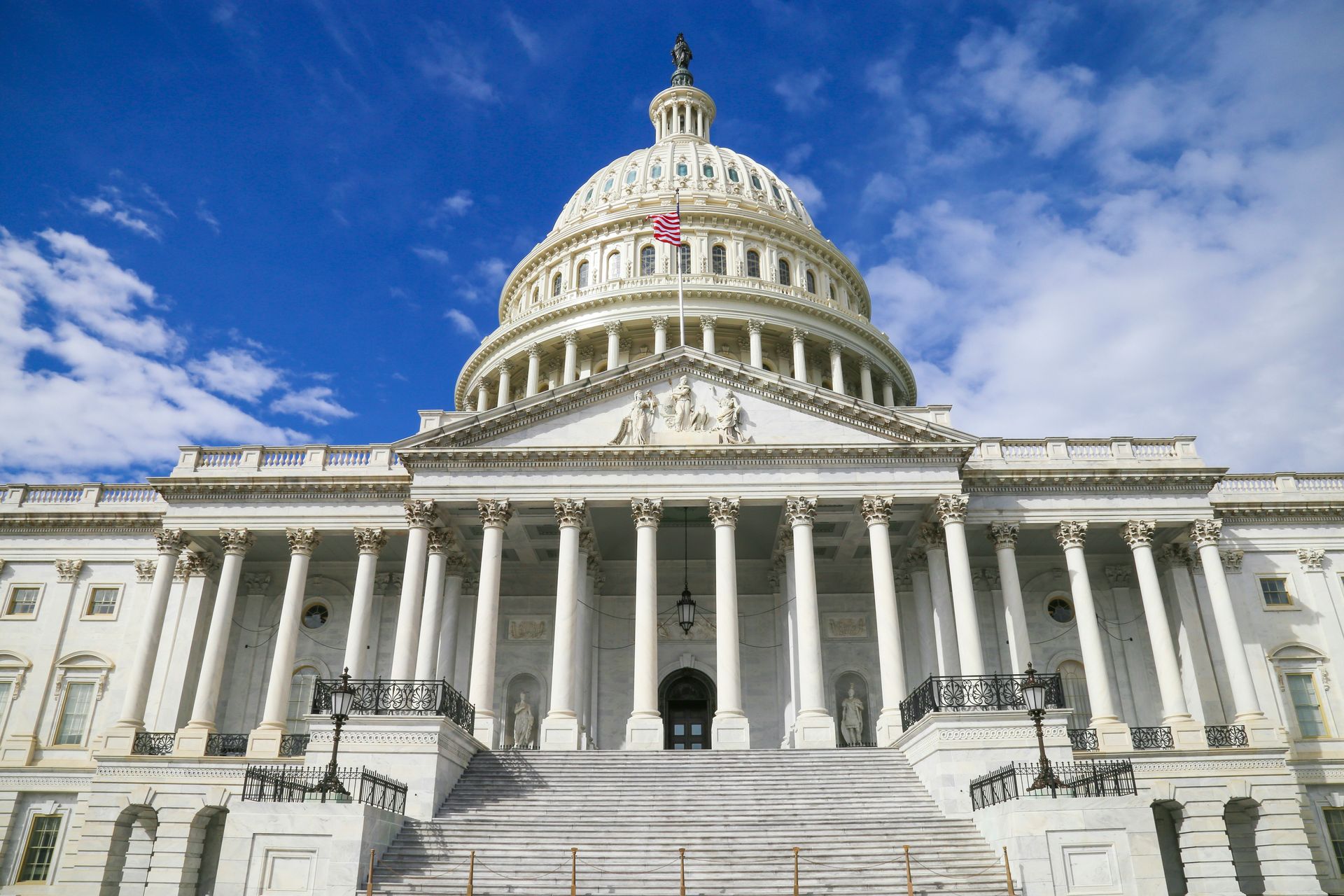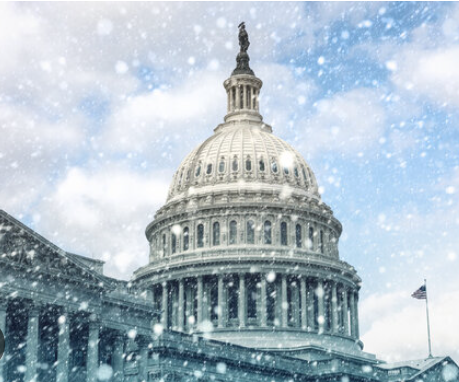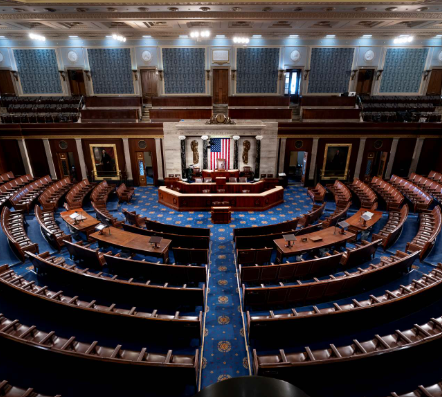Bi-Partisan House Resolution Supporting September 2024 as "National Workforce Development Month" Introduced
On September 17, 2024, a bipartisan group of House members--Reps. Suzanne Bonamici (D-OR), Brett Guthrie (R-KY), Glenn (GT) Thompson (R-PA), and Lucy McBath (D-GA)--introduced House Resolution 1453, which recognizes the vital role of workforce development in supporting jobseekers, businesses, and local economies as well as designating September 2024 as National Workforce Development Month.
ACT NOW: Contact your member of the House of Representatives (find them online or dial the House switchboard at 202-225-3121 and ask to be connected to your representative). Please ask them to cosponsor House Resolution 1453 to recognize September 2024 as National Workforce Development Month.
“We are thrilled to see a bipartisan group of members of Congress taking action to recognize the vital economic role of workforce development,” said President and CEO, Brad Turner-Little. “It is heartening to see the collaboration, often led by workforce development boards, receive this kind of recognition from Congress.”
The resolution specifically notes that “collaboration among multiple stakeholders—including State and local governments, workforce development boards, Governors, State and local education, workforce and human services agencies, community colleges, local businesses, employment service providers, and community-based organizations—provides for long-term, sustainable, and successful workforce development across traditional sectors and emerging industries.”
The resolution further recognizes the critical nature of workforce development and statistics that necessitate a greater investment by Congress. A few highlights:
- The Bureau of Labor Statistics reported in July 2024 that there are approximately 8.2 million unfilled jobs in the U.S., which decreases corporate productivity, reduces the local tax base, and hinders global competitiveness.
- Seventy six percent of business leaders say greater support for skills development would help their businesses.
- As of August 2024, in the U.S., (1) roughly 7.1 million individuals are unemployed; (2) unemployment rates for Black and Hispanic adults are well above the unemployment rates for White adults; and (3) workers without postsecondary education and skills development are more likely to be unemployed.
- The Workforce Innovation and Opportunity Act supports employment, skills development, and support services for approximately 2.9 million individuals with barriers to employment, including (1) individuals who earn low incomes; (2) individuals who are out of work, including the long-term unemployed; (3) individuals displaced by outsourcing; (4) individuals living in rural areas or areas with persistently high unemployment; (5) individuals looking to learn new skills; and (6) individuals with disabilities.
- The more than 550 workforce development boards and 2,400 American Job Centers are a driving force behind growing regional economies by providing resources and assistance to workers who aim to compete in the 21st century economy.
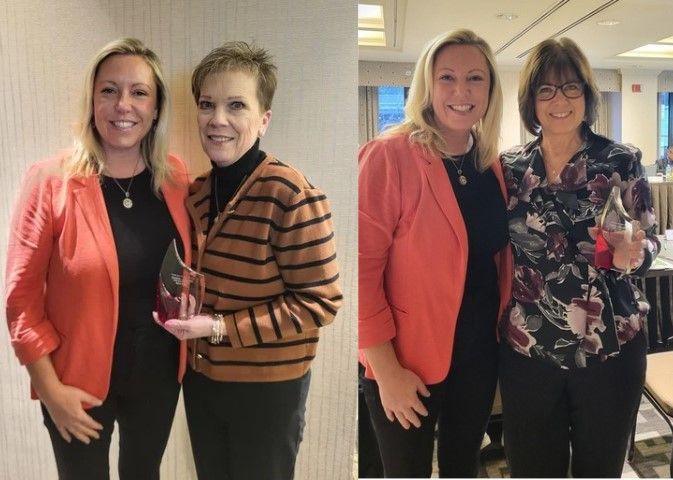
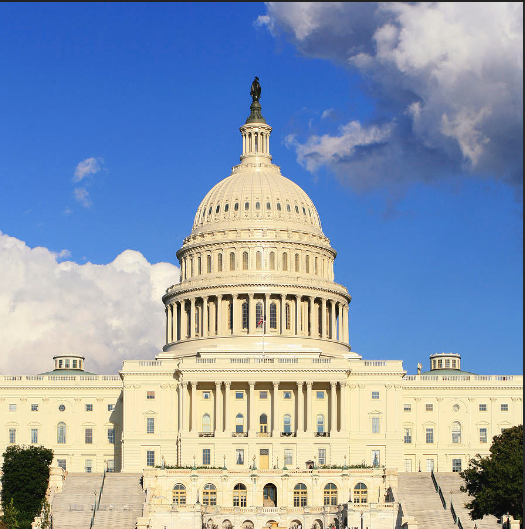
National Association of Workforce Boards | All Rights Reserved |
Created by Olive + Ash.
Managed by Olive Street Design.


